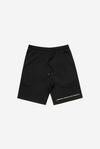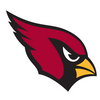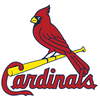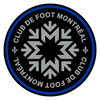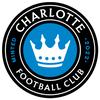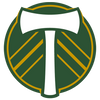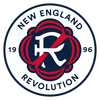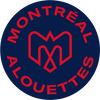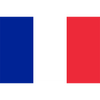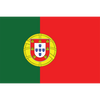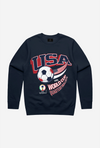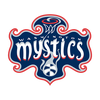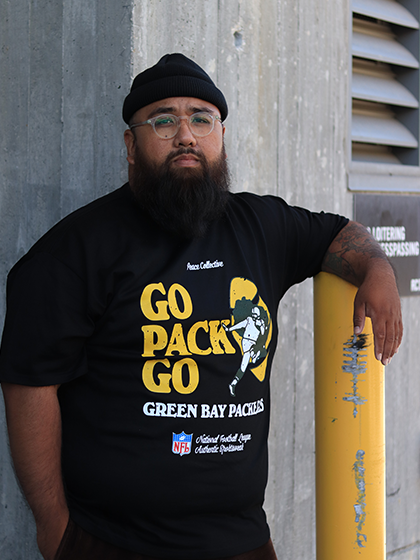
We often neglect the qualities that give our culturally diverse neighbourhoods life and personality. Enter Ben Johnston self-taught multidisciplinary artist and designer. Working with brands, corporate clients, and community partners, Ben elevates our streets with iconic art pieces that help bring charm to our surroundings. Jumping from one method of design to the next, he has landed on typographic lettering. His work is constantly evolving and has become internationally recognized through the use of various mediums. We took a walk to view the impressive pieces and discuss his passion for his work and how he stumbled into the creative field.

Tell us a little about yourself.
I’m a multidisciplinary designer and artist; I was born in Canada but grew up in South Africa and moved back to Toronto a couple years ago. I work in design, with a focus in illustration, lettering and branding. I currently work alone but I try to collaborate whenever possible.
What does an average day look like?
It really depends on what projects are happening at that time. Generally I walk over to the studio around 10am, grab a coffee on the way and start sketching up concepts straight away while my mind is relatively fresh. Generally in the afternoon I’ll get back to computer work and start wrapping up projects. Depending on how many projects I’m working on, I’ll generally go back to work for a couple hours at night.
Have you always known you wanted to work in a creative industry?
I only really got into design around 21. I first studied product design for about a year and a half. Then I dropped out and pursued graphic design and just taught myself from there because I didn’t want to go back to school; it wasn’t really for me. It’s been a learning curve ever since, which makes every day pretty interesting.
"I don’t let anything out of the studio unless I feel it’s the best it could possibly be."
Where did you spend most of your time working on your craft?
In the beginning I worked at a few different advertising agencies, so I used to work on my illustration and lettering work at night. It took quite a long time to build up a solid portfolio before pursuing a freelance career of my own.
Take us through your creative process while working on a project.
I try and get as much information as I can from the client so we are on the same page from the beginning. Then I’ll generally put together some concepts/mood boards, so we can decide on a look for the project. I like to inform people what they’re going to get early on, that way everything goes a lot smoother throughout the project. From there it really just about rolling out the project and making sure everyone is happy. I work on at least 5 projects at any given time, so I need to make sure things are as streamlined as possible.

How would you describe your art and its style?
Whether it’s hand-painted or digital, it has a personal touch to it. I don’t let anything out of the studio unless I feel it’s the best it could possibly be. It’s also important these days to be able to adapt to different styles depending on the brief, but also be able to add your personal style to it.
In the age of technology how and why do you think your traditional cursive design has become so popular?
I think people like the personality behind the pieces, that there’s been time spent on it. People can relate to the time that goes into the craft, and what it takes to be able to create large-scale pieces.
"If you’re content in what you’re doing, success will inevitably come."
How do you measure success?
I think it changes as you grow as a designer or person. Luckily these days I get to work with amazing brands and it took a long time to get to that stage. It’s not necessarily a money thing, it’s more about working with people that are like-minded and being able to do something you love everyday. If you’re content in what you’re doing, success will inevitably come.
What advice would you give to someone looking to chase their passion but worried they aren’t able to because it may not follow a traditional path?
I think people shouldn’t be too hard on themselves. Crafting your talent takes time so don’t rush things. You don’t have to quit your day job straight away, just keep at it and things will come together.
What does the concept “chasing your passion,” mean to you?
Taking your time, finding what you really love to do and following that. Follow your path and stick to it. Careers are not built in a day, sometimes things are really difficult but you just have to keep the end in sight.

His ability to transform a monotonous space into one that embodies the character of its surroundings is incomparable. Not only do his designs create the perfect tone, they are unique to others in the industry. The use of traditional typography in such a digitally driven age allows the sense of time and care taken for each piece to be felt. Ensuring each project is taken with the same care and consideration is what sets his art apart. Next time you walk through one of your favourite neighbourhoods be conscious of your surroundings and the talent behind the art.





